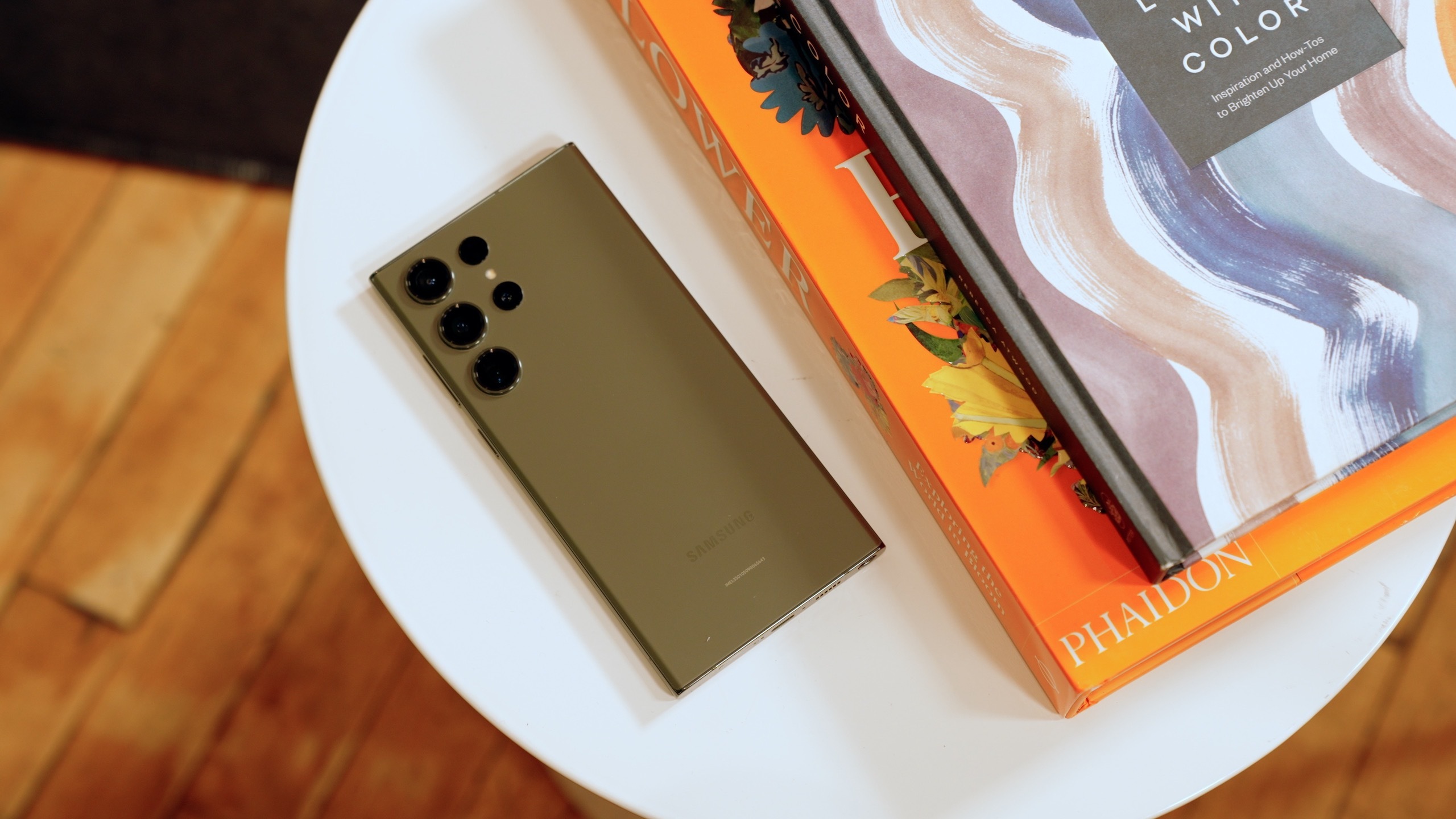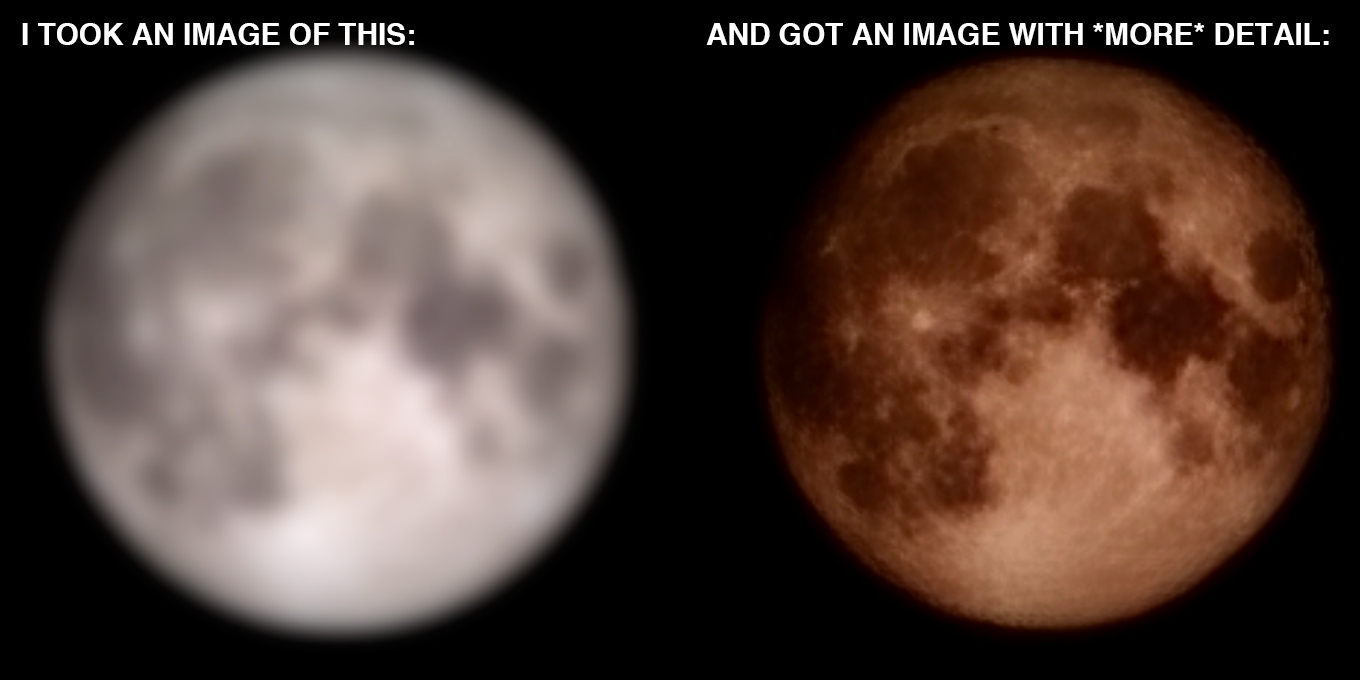
Samsung introduced a 100x zoom feature with the Galaxy S20 Ultra in 2020, becoming a mainstay on recent flagship handsets from the company. Since its debut, Samsung has touted its devices' ability to take impressive pictures of the moon. Unlike brands such as Huawei, which simply overlay a PNG of the moon on such images, Samsung says that no overlays or texture effects are applied.
Yet on Friday, a Samsung user on the subreddit r/Android shared a detailed post purporting to "prove" that Samsung's moon shots are "fake." Their methodology involved downloading a high-resolution image of the moon, downsizing it to just 170 by 170 pixels, clipping the highlights, and applying a gaussian blur to heavily obscure the moon's surface details. This low-resolution image was then displayed on a monitor and captured at a distance from a Samsung Galaxy device. The resulting image has considerably more detail than its source.

Samsung devices seemingly achieve this effect by applying machine learning trained on a large number of moon images, making the photography effect purely computational. This has led to accusations that a texture is functionally still being applied to images of the moon and that the feature is a disingenuous representation of the camera hardware's actual capabilities, triggering heated debate online, even bringing into question the iPhone's reliance on computational photography.
Tags: Samsung, Photography
This article, "Samsung 'Fake' Moon Shots Controversy Puts Computational Photography in the Spotlight" first appeared on MacRumors.com
Discuss this article in our forums
0 Commentaires